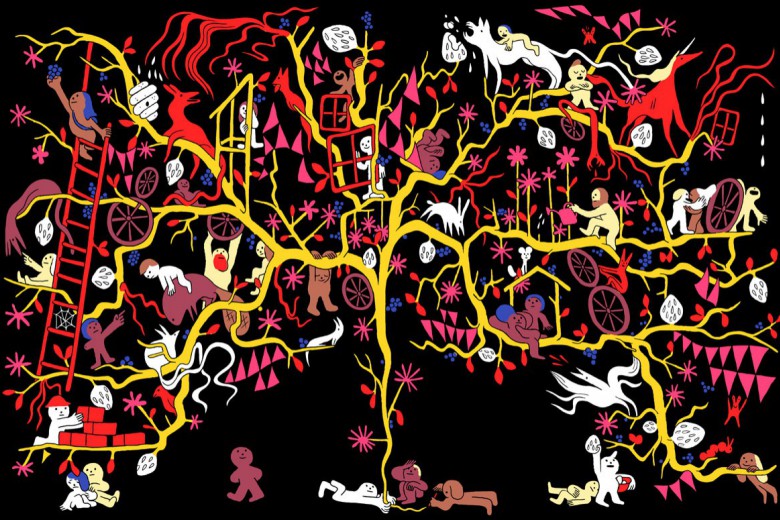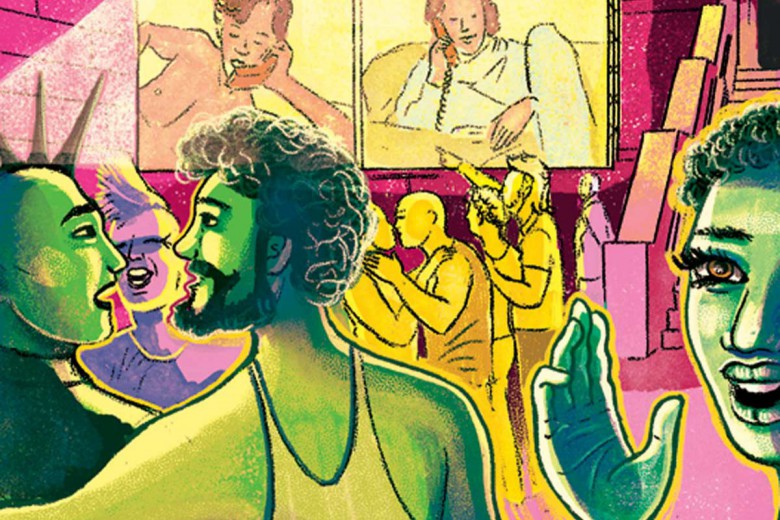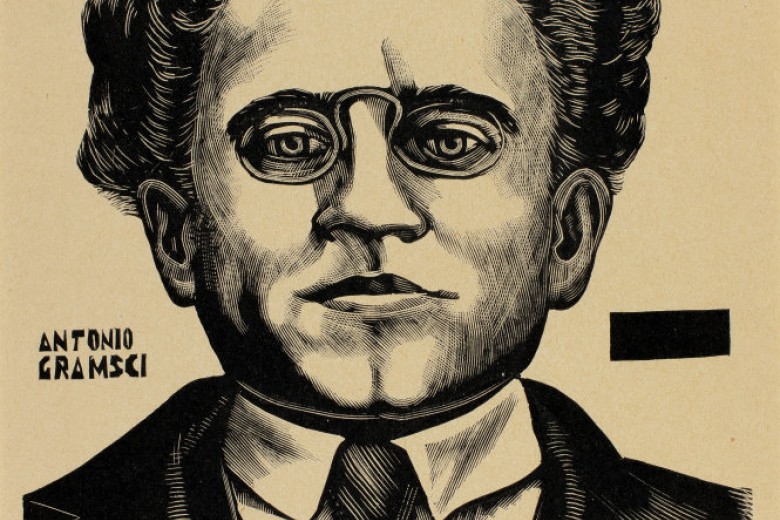In December 2021, an 8-bit rendering of an ape wearing a blue baseball cap sold for $10.2 million dollars at auction. The art in question – Punk 4156 – is an NFT, a non-fungible token. It’s a digital image that comes with a token that only one person can own at a time, a guarantee that’s backed up by blockchain technology.
There’s no shortage of people making fun of the ludicrous NFT market and the tasteless, repetitive art you’ll find on it, so I won’t waste too much ink. To put it simply: people are paying tens of millions of dollars to “own” some of the most trite jpegs you’ll ever see (a 3D image of a yacht, a custom cartoon of a monkey). It’s an opportunity for profit dressed up as art.
Dan Brooks sums it up in Gawker: “This is how NFTs make me feel: like the future is useless but expensive, and world-altering technology is now in the hands of a culture so aesthetically and spiritually impoverished that it should maybe go back to telling stories around the cooking fire for a while, just to remember how to mean something.”
How do we avoid a world in which human creativity and knowledge becomes just another occasion for commerce?
I’ve been thinking about our useless, expensive future – which is not just the fault of NFTs, but of all the other ways we’ve commodified human knowledge. It’s especially annoying for me as an editor, because I bump up against it endlessly while researching and fact-checking for Briarpatch: Google Books previews that omit important pages, a journal article with a $39.95 price tag, newspaper archives chained behind the paywalls of privatized research services.
This commodification is inevitable under capitalism. Of course artists and writers need to eat – and without a universal basic income or a guaranteed right to food and shelter, that means selling their work. But the vast majority of the money from this commodification accrues not in the pockets of creators, but in the bank accounts of tech companies and publishers. (The person who sold Punk 4156 in December wasn’t the artist – they are a reseller who made a profit of $9.8 million.)
In the face of this grim reality, it feels urgent to ask: how do we avoid a world in which human creativity and knowledge becomes just another occasion for commerce? What would a free and useful future look like? A couple articles in this issue of Briarpatch have some ideas.
In an interview, Chris Dixon talks about doing research that supports social movements. Sometimes this involves taking university resources, then refusing to produce the kind of research that’s comforting and lucrative for the university. Other times, it means taking the act of research outside the university altogether. Invariably, it means working with other people to resist what Dixon calls “the gravitational pull” of accountability to ruling-class institutions. It reminds me that we can still refuse to let our work be commodified, defanged, or sold to the highest bidder.
We can take our research into the streets, screenshot NFTs, share PDFs of journal articles, and make browser extensions to sneak around paywalls.
In the cover story, Andrea Conte writes about Canada’s Access to Information Act and what it’s left us with: a secretive and enormously bureaucratic system that releases very little information about state security at all. He mentions Canada’s Open Government portal, a repository for completed Access to Information summaries – but, infuriatingly, the portal was designed so that files from more than two years ago are automatically erased. In the U.S., different systems for declassification and preservation have led to much freer access to state archives – and the results are a deeper public understanding of the ways the U.S. government has waged war against people at home and abroad.
These two articles remind me that we’re not locked in to the useless, expensive future that NFTs portend. We can take our research into the streets, screenshot NFTs, share PDFs of journal articles, and make browser extensions to sneak around paywalls. Conte encourages “building our own collective archives and collective memory: recording the teachings of elders, collecting documentary materials from survivors, and organizing open platforms for political education and collective action.”
Writing and art are things we do to make meaning for each other. I hope the stories in this issue remind you that human creativity and knowledge need not be bought or sold.







